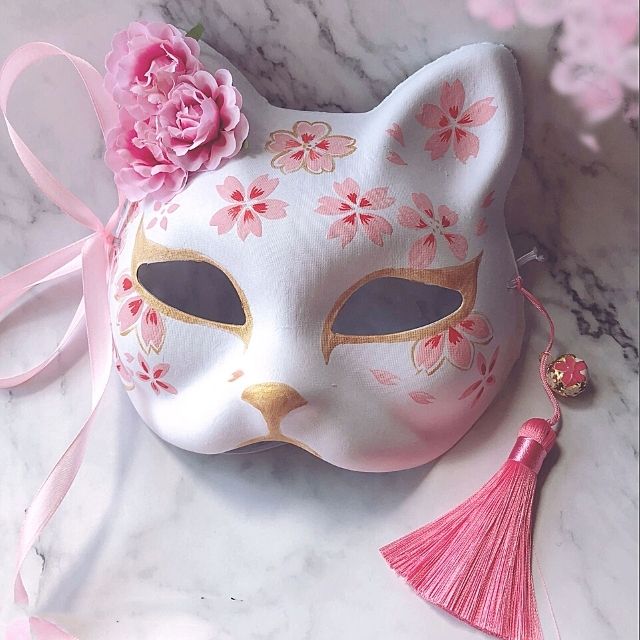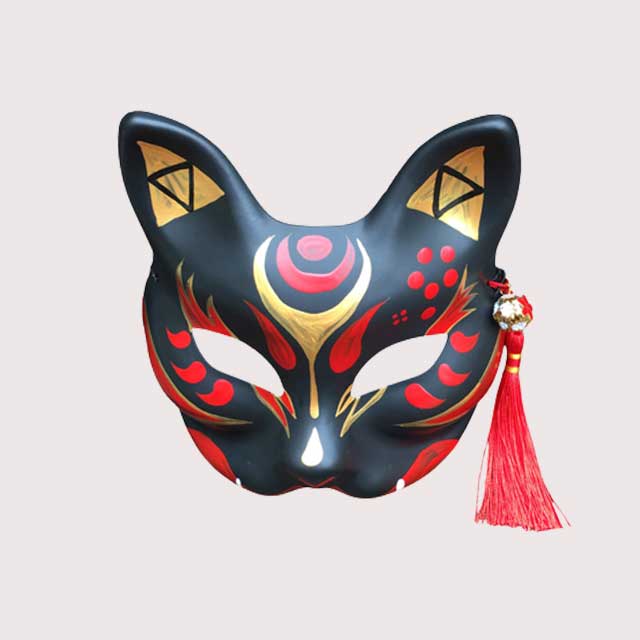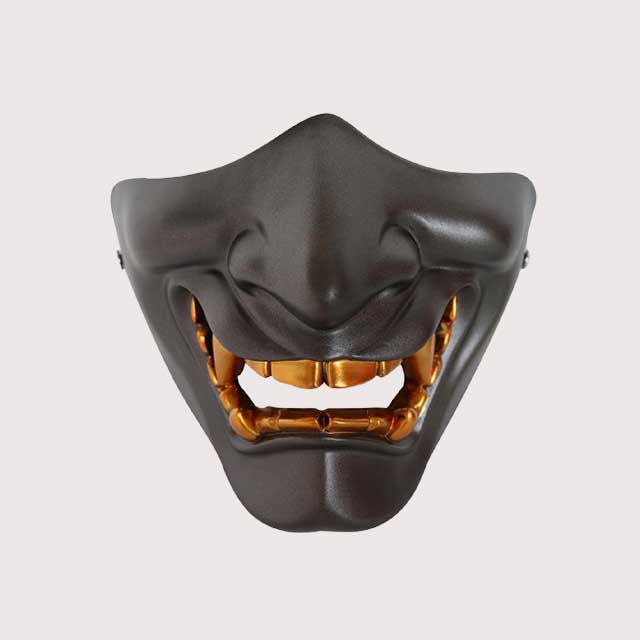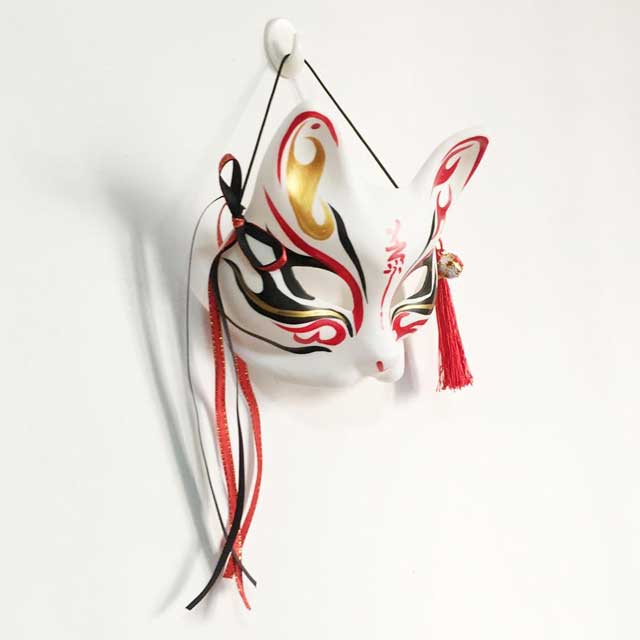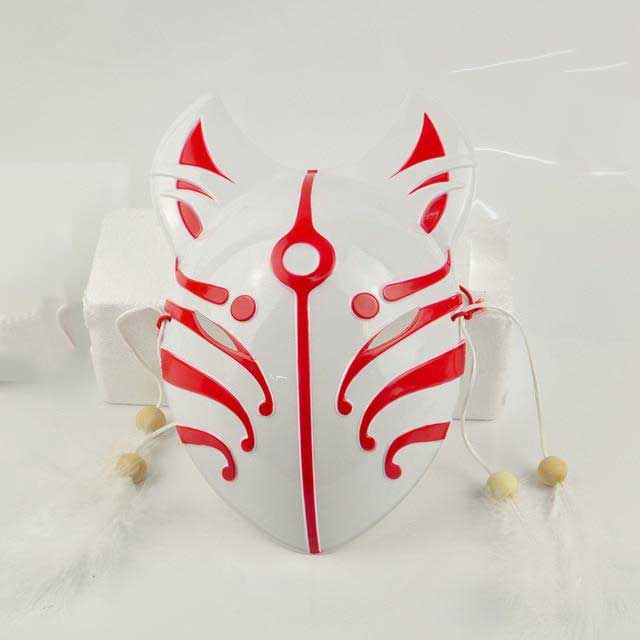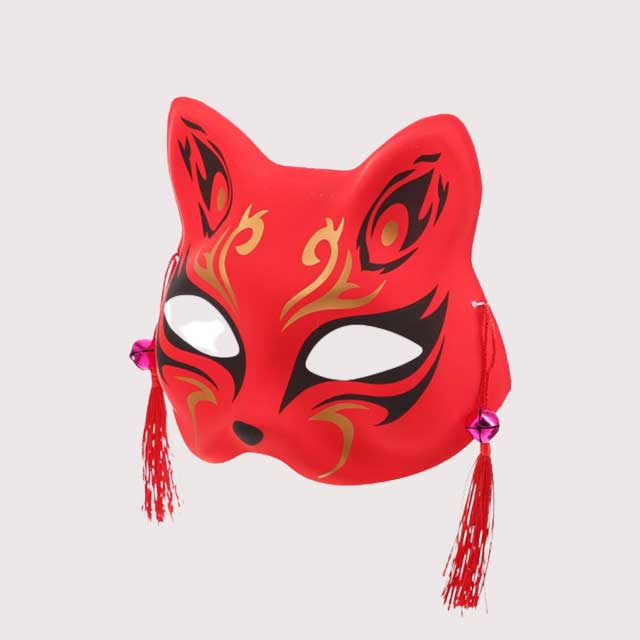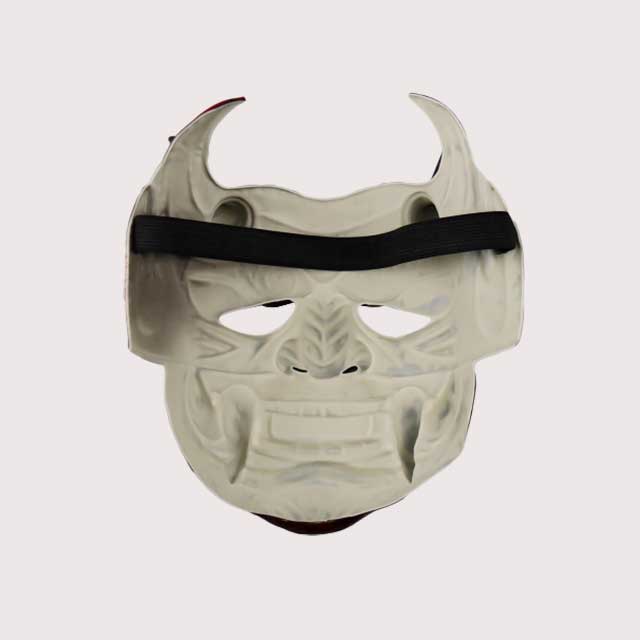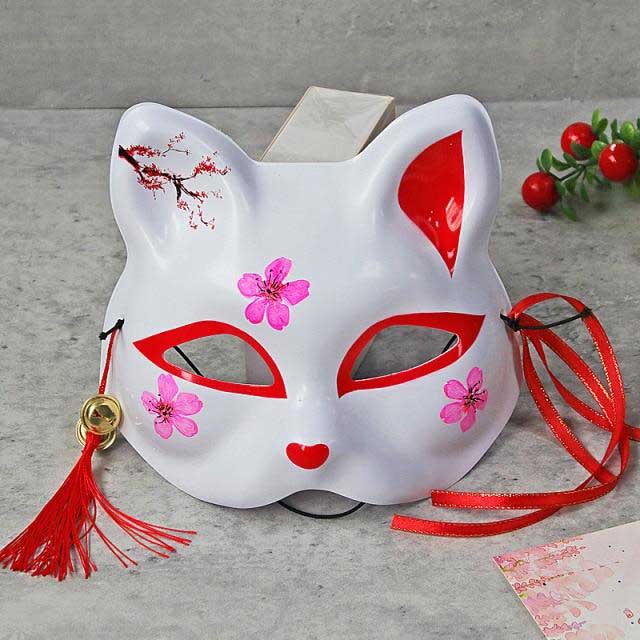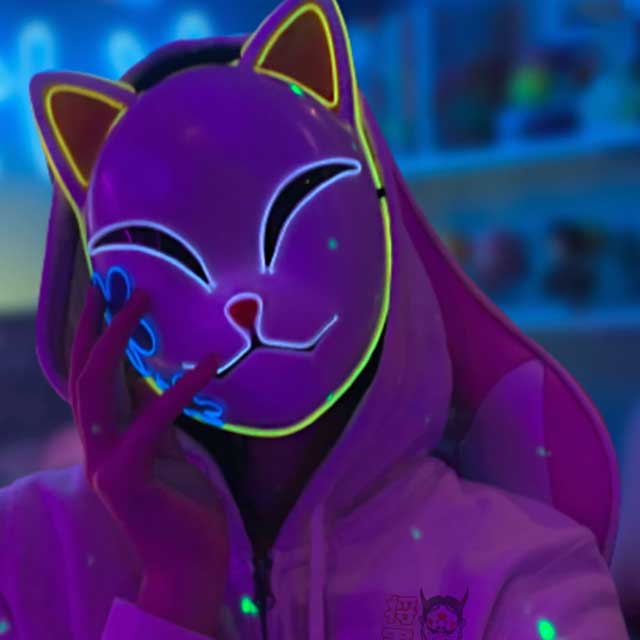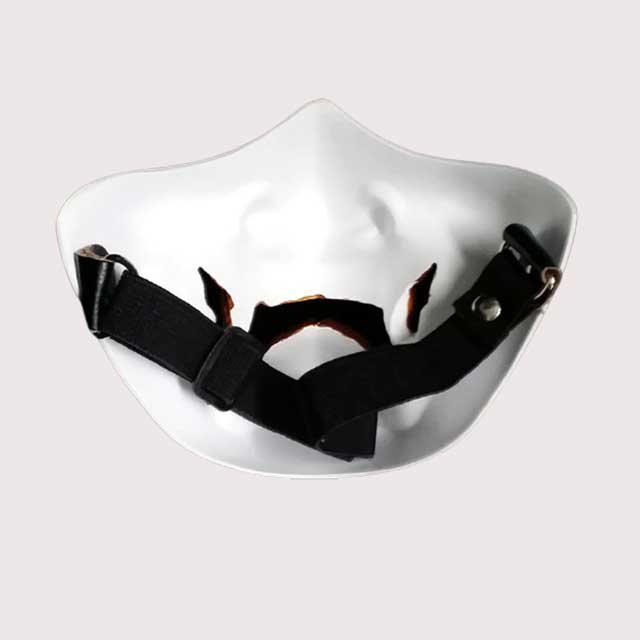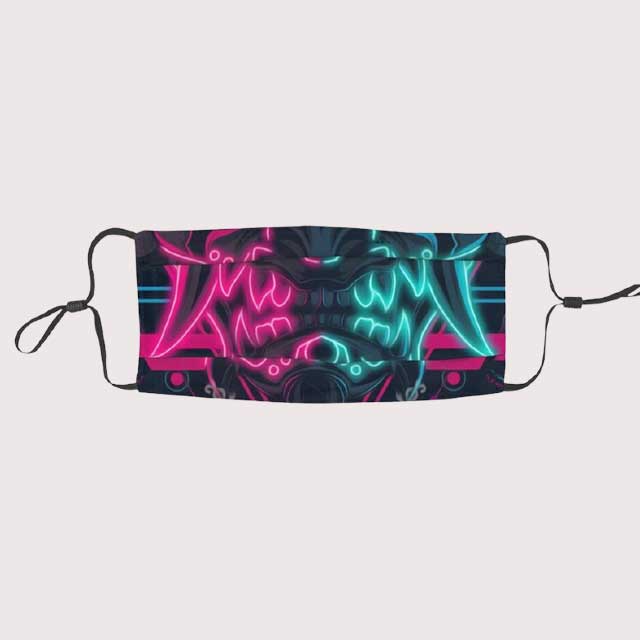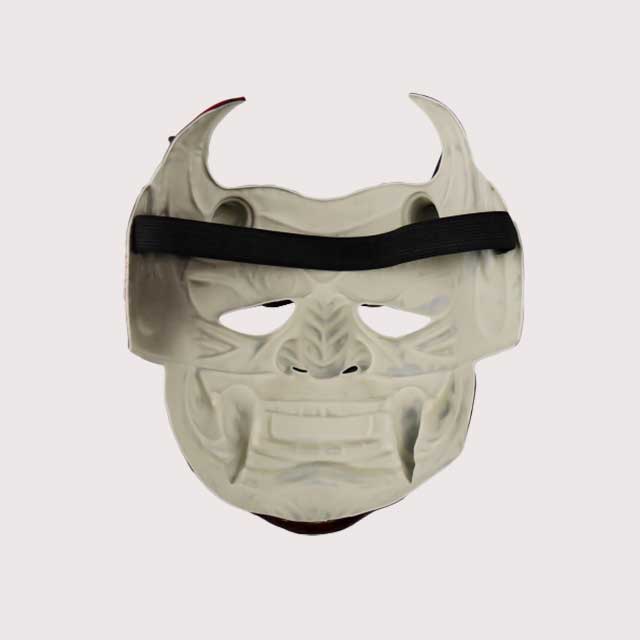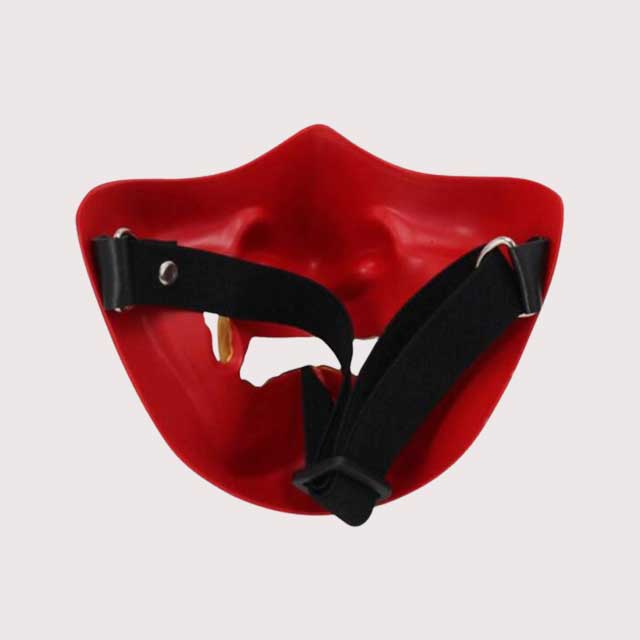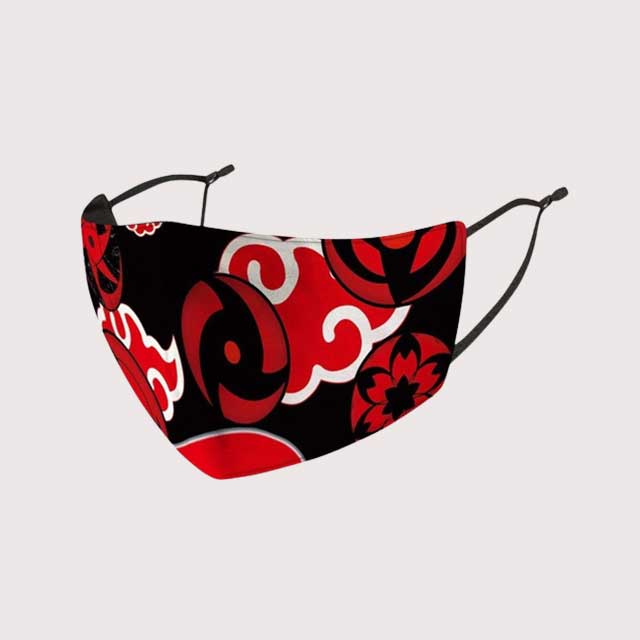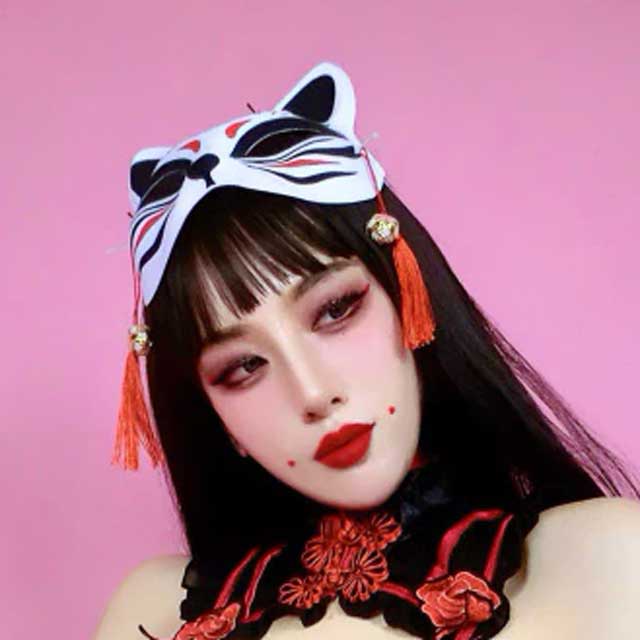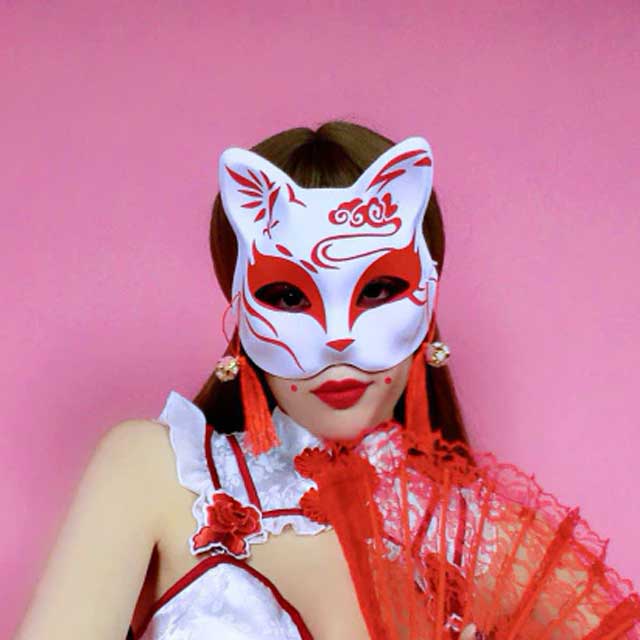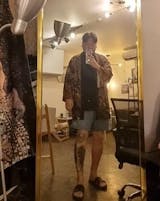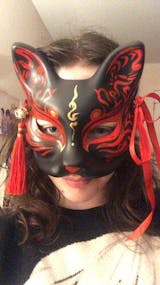Japan is known for its vibrant cultural events that attract tourists from all over the world. Apart from the elaborate costumes, traditional masks resembling certain characters and animals are also a large part of these events. These masks are heavily decorated and colored brightly, so they appear prominent and catch the interest of passers-by. Japan's theatre also has a rich history, and actors usually include extravagant masks in their outfits to portray emotions vividly. Masks used in the theatre also correspond to the performance's genre, mood, and atmosphere. The choices are unlimited, and some masks are also believed to be the incarnation of Japanese spirits. Some masks may be used throughout the entire country, while others may be exclusive to only one town or city.
The annual Shinto dance in Japan is a striking occasion where the Japanese perform rituals related to dance and music for the gods of Shinto. The Japanese are eager to honor their ancient myths and practices, so their culture remains intact. Indeed, some of the earliest traditional Japanese masks were first crafted in the eighteenth century. The actors wore masks that hid their facial expressions, but they were built specially to show a different emotion depending on the light and angle. The 'Noh' masks are top-rated in Japanese musical theatre. Some of these masks are humorous, while others show no emotion. In horror performances, vivid and eerie masks convey terror throughout the audience. Noh performances are compelling in their stories and acting, and they remain one of the most remarkable events in Japan's history. This popularity is due to how every actor in a Noh performance must wear a mask regardless of their gender and age. The masks are complex to design and paint, and they must be built with the finest materials to show different emotions depending on the light.
These traditional masks help actors portray otherwordly and non-human creatures such as animals, spirits, and demons. One mask, in particular, that is famous among female characters is the Okame mask. Designed to show contentment, the actor wearing this mask is supposed to be cheerful and they may perform small dances during the play to lighten the mood and entertain the audience. Similarly, the Kyogen masks is exclusive to actors who do not perform human roles, and they also provide comic effect to the play. If the script is otherwise overbearing and solemn, a few actors wearing the Kyogen mask might appear on the stage to diffuse the tension. The Hyottoko character inspires both the Kyogen and Okame masks. Hyottoko is created to inject humor into the play, and the character also represents good luck and fortune. Due to this feature, the Japanese keep statues or images of Hyottoko around their houses even in non-festive times. The culture behind some of these classic Japanese masks is genuinely fascinating, and the other pieces in this collection deserve their introduction.
The Japanese Demon Mask
Addressed as the Japanese Oni mask, these face coverings depict a demon commonly used in Japanese theatre. Oni is a demon with a frightening expression meant to evoke terror from the audience. The mask is painted in vivid colors, with an entirely red base covering the cheeks and forehead and pointed teeth and horns painted gold. As the Japanese place significance on colors and symbolism, the Oni mask can be a different color scheme. Blue Oni masks demonstrate hatred, while the classic red shows greed. Other colors such as yellow show regret and longing, while green represents disease or disasters. The mask's color indicates the shortcoming they have to deal with and eventually overcome for the characters.
The Setsubun is a famous Japanese festival that lasts for a day. It is also called the day before spring's arrival, and people follow the ancient practice of throwing beans to get rid of misfortune and invite good luck. The Oni mask is a significant part of this festival, and men, women, children line the streets wearing it in colors of their choice to signify each evil. The Setsubun festival is held on both roads and dedicated shrines. These masks are similar to the Samurai masks that actors play soldiers on a battlefield usually wear. These masks also frighten the audience due to their sinister image.
The Kitsune Fox Mask
The fox is a highly esteemed animal in Japanese culture, as the animal was a constant companion for the Japanese in ancient times. However, in the theatre category, the Kitsune is supposedly a divine animal connected to the god of fertility and sustenance. The Japanese also believe that this particular fox can shapeshift and has supernatural powers. The kitsune mask is popular among the audience in a traditional Japanese theatre, as the meaning behind the show is light-hearted and meant to provoke fun. The mask also plays with the wearer's features and makes them look cunning and wise.
Kitsune masks can be comical if the play's tone is somewhat comedic along with other genres. In these cases, the colors and features of the fox might be downplayed. In Japanese festivals, participants also paint their faces in imitating a Kitsune mask as it is prominent in contemporary culture and among younger people. The front has also inspired the Anbu mask in Japanese anime shows. Some groups in Japan also believe that the gods themselves can manifest into foxes and mingle with humans. Although the most common color scheme for Kitsune masks is red and white in bold strokes, any mask resembling a fox will be called a Kitsune. These masks are also worn for religious and spiritual rituals in Japanese temples, as wearing the Kitsune mask is thought to honor the gods. Shinto festivals are excellent events to see many forms of the Kitsune masks and witness the rich history behind these pieces for tourists and native folk.
The Hannya Mask
Like the Oni mask, the Hannya mask represents darker emotions like jealousy in Japanese theatre. So what is the meaning of hannya mask? Initially, the mask is the face of a female demon that has grown evil with envy. These vital elements are demonstrated through bold colors such as dark red and black. As for the facial structure, the Hannya mask has a frightening appearance, and this effect is maximized with the large horns, leering teeth, and bulging eyes. The Hannya mask is the most popular among Japanese shows as it creates a dramatic impact in the plays and appeals to the attendees. The fascinating history behind the Hannya mask compels the audience to view the play with eager eyes, as Lady Rojuko inspires it in the famous story of Prince Genji. The Lady becomes violent and evil in her jealousy once she sees her husband acting affectionately towards another woman.
The Hannya mask is unique in its ability to look entirely altered under different lights and angles. It is also perfect for emotional and dramatic scenes involving some turmoil for the character. If the actor faces the audience directly while wearing the Hannya mask, they will look arrogant and evil. However, if the actor is looking downwards in a desolate motion, their mask will catch the light differently and look softer, evoking sympathy from the audience. The Hannya mask is famous in Noh theatre performances and other classical shows in Japan. It is interesting to note that this mask represents various personalities under each color. For example, if the Hannya mask is white, it shows a calm and somewhat refined woman who has overcome her jealousy. If the mask is red, it is bound to show its original purpose of extreme envy and terrify the audience. The darker the color, the more intense the emotion.
The Tengu Mask
In Japanese folklore, Tengu is a fearsome supernatural entity with evil characteristics. As the story goes, Tengu is the reincarnated form of people who lived their lives arrogantly. Tengu is considered the protectors of the mountains by the Japanese, and they are supposedly evolved from birds. As the legend goes, they were initially birds but shapeshifted into a human form, and their beak changed into a long human-like nose. Despite their unfavorable status in Japanese mythology, Tengu imagery and masks are pretty standard in Noh theatres as they are known to expel bad luck and bring forward good fortune.
Tengu masks are boldly colored in shades of red, with black strokes outlining the eyes and mouth. The expression is usually severe and sometimes angry. The color scheme is decided according to the original illustrations of Tengu, where the creature appears in dark red robes carrying a feather fan. In some art pieces, these creatures might also be winged. These masks are also worn at Shinto festivals, where most participants are dressed in national costumes and masks. Tengu-themed souvenirs, costumes, and other accessories are readily sold at all tourist shops around Japan. A similar character also exists in Chinese folklore, called the Tiangou. The Tengu masks are created using plastic, and wood, while the eyes are usually metallic. The masks have a stagnant expression that does not change concerning light and angles, and this is because the legend states the Tengu were skilled military.
Japanese Cat Mask
Also known as the Japanese Festival Masks, these face coverings are inspired by cat or fox features. They are sometimes called the Kitsune masks, portraying intelligence and cunning. In some legends, these cats possess supernatural powers that amplify as they get older. Hence, a mature fox or cat will be preferred when designing these masks. As with most Japanese mythical creatures, this cat is considered a shape-shifter that can transform into a human at will. This is why some people discard the Japanese cat mask and instead wear a full costume that resembles the original image of the animal. The close companionship of foxes and cats with humans makes sure that these cat masks are a staple at every Japanese festival.
This Japanese cat is wise and otherworldly, making the Japanese hold it in high esteem as they are superstitious folk. The Kitsune or cat supposedly brings good luck and opens doors to new opportunities. Like a cat, the fox is believed to have nine lives, each life making it wiser in turn. Some people also make sacrifices to the animal and consider it a deity. This power gives the animal an intimidating atmosphere demonstrated through its unique masks. The Japanese cat masks are colored but display a touch of divinity through the white and orange tones. The fox's eyes are emphasized, so it looks fierce, and its fur is smoothened to give it nobility. People of all ages and genders wear the Japanese cat mask to get into the festive spirit of the occasion.
The Significance of Japanese Face Masks Since the Pandemic
Although cultural masks are still prominent in Japanese festivals, the arrival of the pandemic gave rise to a new kind of masks that protect from the virus while remaining traditional. Ordinary surgical and cloth masks are printed all over Japan with vibrant, fun prints. Most popular among these are the Samurai masks that look best at Japan's annual festivals. Although they do not give on the whole appearance of the Kitsune, they make your mouth and nose resemble that of a fox and give you a feline look. The colors are also versatile, and the orange and white tones can go along with any outfit. If you are looking for something more extravagant, you can go for Oni and Demon masks such as Hannya. The natives always welcome tourists or outsiders wearing traditional Japanese masks as they significantly add to the festive spirit. If you are ever lucky enough to visit a Noh theatre and see one of the classical shows live, make sure you are wearing a Tengu, Hannya, or Oni mask along with your fellow audience members. The admirable part about historical Japanese masks is the large variety of supernatural and human characters portrayed in all emotions. This enables the masks to appeal to the viewers and make Japanese theatre more magical.



